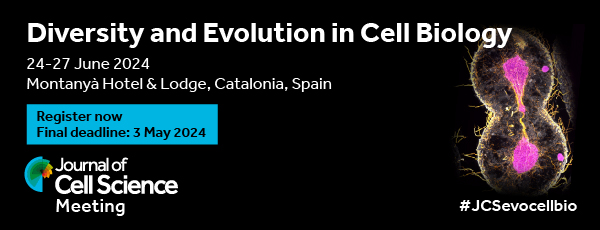
Fusion of a vesicle with its target membrane is driven by formation of a SNARE complex involving proteins from the vesicle membrane (v-SNAREs) and the target membrane (t-SNAREs). But can interactions between different v-SNAREs and t-SNAREs account for the specificity of membrane fusion? And is the formation of a SNARE complex really the first stage? Recent work indicates that a `tethering' process precedes SNARE complex formation and that factors involved in tethering contribute to the specificity of membrane fusion. In a Commentary on p. 2627, James Whyte and Sean Munro discuss the roles of such tethering factors. These fall into two classes: long coiled-coil proteins such as p115 and the golgins; and a group of multisubunit complexes that comprises several unrelated complexes and a subgroup that Whyte and Munro term `quatrefoil' complexes. The tethering factors probably have distinct functions. For example, the coiled-coil proteins could act as kinetic tethers that locate and passively hold vesicles,whereas the quatrefoil complexes are more likely to play a direct role, such as promoting the formation of SNARE complexes.








